- Informatii telefonice:(+40) 748 400 200
In the Natural Landscape the Human is an Intruder | Vlad Nanca
Cod intern: xsales_1387305Producator: Dispozitiv Books
Vizualizari: 29 / Achizitii: 15
Stoc: In stoc
Pret: 70.0 RON
Acest produs este publicat in categoria Librarie la data de 15-03-2025: 10:03 si vandut de Carturesti. Vanzatorul isi asuma corectitudinea datelor publicate. ( alege finantarea potrivita )
-
Produs cu garantie
-
Livrare direct din stocul fizic al Carturesti
-
Retur gratuit minim 14 zile de la data achizitiei
“In the Natural Landscape the Human is an Intruder” marks Romanian artist Vlad Nanca’s last three years of work. Vlad Nanca’s practice employs a wide range of subject matters (socialism and capitalism, utopia and dystopia, nature and technology), mediums (iron and steel, ceramic and concrete, archival and found objects), and layers of meanings (humorous and political, nostalgic and hopeful, historical and imagined). Structurally, the visual and textual materials that shape this volume seek to consolidate the threads that together compose Vlad Nanca’s tapestry of ideas: modernist architecture and modernity, the space race and the unlimited promises of the cosmos, the organic and the technological, nature and mankind, as well as the (dis)equilibrium between utopian and heterotopic spaces.The publication is and is not an artist book: it does indeed depart from the body of works produced by Vlad Nanca, but it also shifts beyond a mere representation of the artist’s toolkit. On the one hand, this volume critically engages with Nanca’s practice, while, on the other, it utilizes his work as a backdrop in order to draw substantial conclusions regarding what we thought we knew about past and future, mankind and technology, modernism and modernity, East and West. The artist’s practice becomes a tool through which the historicization of alter-narratives is possible, without succumbing to Western expectations or taxonomies. This book is then necessary because art history is inherently selective, because the art canon is inherently tendentious, and ultimately because art history remains by and large Western art history. This volume should not be read as a purely retrospective artefact, but rather as a speculative one: just like Nanca’s practice, which is focused on contemporary reverberations of grand narratives in the form of vernacular objects and paradigms, so is this book a materialization of the artist’s playful semiotics and constellation of art works. Editorial project published with the support of the Administration of the National Cultural Fund (AFCN).

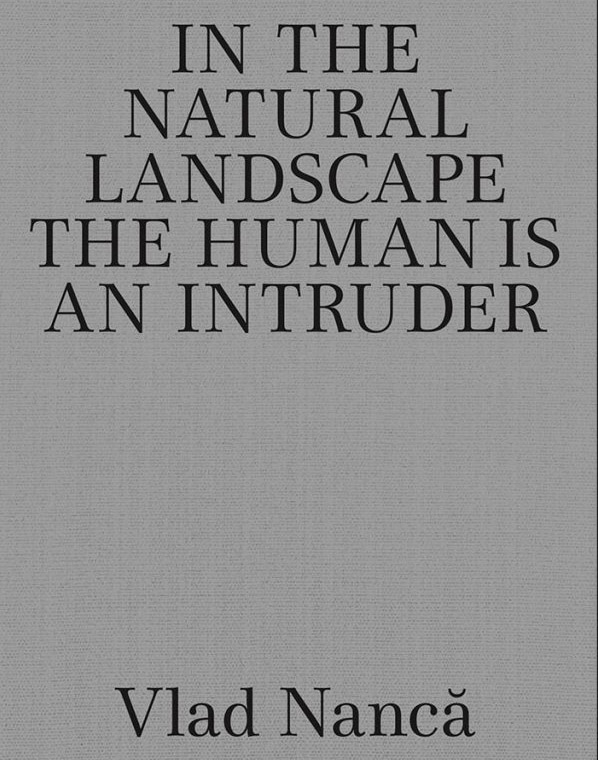





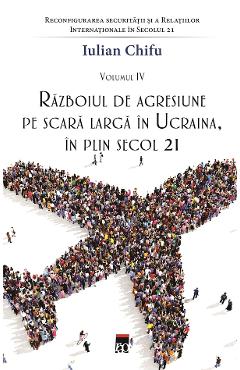

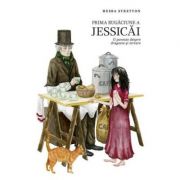




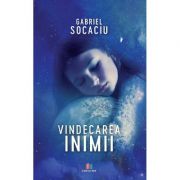





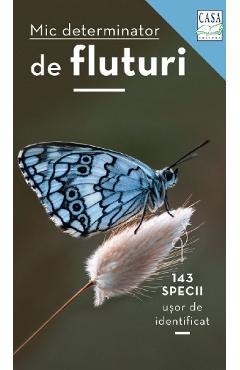

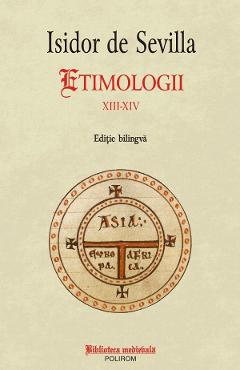

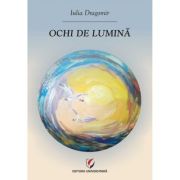


Scrie parerea ta
In the Natural Landscape the Human is an Intruder | Vlad Nanca
Ai cumparat produsul In the Natural Landscape the Human is an Intruder | Vlad Nanca ?
Lasa o nota si parerea ta completand formularul alaturat.
“In the Natural Landscape the Human is an Intruder” marks Romanian artist Vlad Nanca’s last three years of work. Vlad Nanca’s practice employs a wide range of subject matters (socialism and capitalism, utopia and dystopia, nature and technology), mediums (iron and steel, ceramic and concrete, archival and found objects), and layers of meanings (humorous and political, nostalgic and hopeful, historical and imagined). Structurally, the visual and textual materials that shape this volume seek to consolidate the threads that together compose Vlad Nanca’s tapestry of ideas: modernist architecture and modernity, the space race and the unlimited promises of the cosmos, the organic and the technological, nature and mankind, as well as the (dis)equilibrium between utopian and heterotopic spaces.The publication is and is not an artist book: it does indeed depart from the body of works produced by Vlad Nanca, but it also shifts beyond a mere representation of the artist’s toolkit. On the one hand, this volume critically engages with Nanca’s practice, while, on the other, it utilizes his work as a backdrop in order to draw substantial conclusions regarding what we thought we knew about past and future, mankind and technology, modernism and modernity, East and West. The artist’s practice becomes a tool through which the historicization of alter-narratives is possible, without succumbing to Western expectations or taxonomies. This book is then necessary because art history is inherently selective, because the art canon is inherently tendentious, and ultimately because art history remains by and large Western art history. This volume should not be read as a purely retrospective artefact, but rather as a speculative one: just like Nanca’s practice, which is focused on contemporary reverberations of grand narratives in the form of vernacular objects and paradigms, so is this book a materialization of the artist’s playful semiotics and constellation of art works. Editorial project published with the support of the Administration of the National Cultural Fund (AFCN).
Acorda un calificativ